UC San Diego’s fencing team may not boast the highest public profile, but it certainly boasts all of the accolades. While basketball, soccer, volleyball, and the likes may draw bigger crowds, UCSD’s fencing program stands on the cusp of being ranked top ten in the country. A deeper look into UCSD’s fencing team reveals a dedicated cadre of coaches and student athletes and a program increasingly attracting the most promising young fencers from around the nation. UCSD is one of only two Division-I fencing schools on the West Coast, along with Stanford.
But to many students, UCSD’s fencing program and the sport in general remain wrapped in a certain degree of obscurity. They may wonder: what exactly is fencing? What do fencers do? And more specifically, what is fencing at UCSD like?
The modern sport of fencing is divided into three disciplines called “weapons,” each featuring its own unique rules. The three types of fencing — sabre, foil, and epee — each have a centuries-long history dating back to a time when swords were used in war and duels. Sabre fencing originated from the weapons used by horse-mounted cavalry soldiers, while foil and epee evolved from different aspects of the European dueling tradition
Settling disputes via a fight to the death: this is the heart of European dueling, but is it the heart of modern fencing? If all of this sounds rather bloody, modern fencing has little in common with the violent aspects of the sport’s history. Fencers wear extensive protective gear, making fencing today exceptionally safe, especially compared to other combat sports. Modern technology also shapes this ancient sport; during a match, for instance, the fencers are rigged up to an electrical system that registers hits, making it clear to the referee when points should be awarded.
However, even in the 21st century, tradition still shapes the sport’s culture. One principle that fencing has retained from its history is its emphasis on the idea of honor. Fencers salute each other and the referee before and after a match — raising their sword in a centuries-old gesture of respect — and shake hands at the end of every match. Some have referred to fencing, which is one of the nine original Olympic sports, as “the Olympics’ most gentlemanly sport.” Today, it is also the fastest-growing Olympic sport in the United States.
UCSD’s fencing program is also growing, steadily climbing in the national rankings. The sport has a long history at UCSD — with the team fencing its first season in 1969 — but the coaching staff say that the team’s current success is owed to its willingness to try new things.
“We are in constant evolution,” said coach Juan Ignacio Calderon, who has been head coach of the fencing team since 2018. “We are always trying to do better, to be more competitive, and to add value to the athletic department overall — not to be just a niche sport on the side.”
UCSD’s fencers practice for two and a half hours every morning Monday through Friday, set aside an additional hour every Monday, Wednesday, and Friday for weightlifting, and have separate one-on-one lessons with their individual weapon coaches twice every week. Their daily practices include running, stretching, drills, footwork, and matches with other members of the team, while individual lessons focus more on technique.
Jason Chin, senior and captain of the men’s fencing team, said that the team’s intensive training schedule forges a close bond among UCSD’s fencers.
“I would say we are very close-knit. [For] lots of people, our best friends are from the team. We’re spending 20-ish hours a week together, going through really intense stuff,” he said.
On top of weekly practices, they also attend competitions, which take place on weekends and often involve traveling across the country. The traveling can be quite intense, with the Tritons visiting Philadelphia, Chicago, Colorado Springs, and sometimes San Antonio over the course of a normal season.
Afterward comes the regional championship — which will be held at the United States Air Force Academy this year — and then nationals at Penn State. Tournaments usually begin early in the morning and continue all day. UCSD’s fencers compete against fencers from other schools, and the wins and losses from individual matches are aggregated to determine rankings.
“It’s a marathon; it’s a killer; it’s an endurance exercise,” Calderon said. “Not only physically, but mentally.”
When The UCSD Guardian spoke with Calderon, the team had just returned from the Philadelphia Invitational, where it notched important wins against higher-ranked schools like Johns Hopkins and Cornell.
“We’re really satisfied,” Calderon said. “That’s where we want to be — that we can beat all those top teams and be a strong contender.”
Even when things don’t go according to plan, the Triton fencers have been able to pull off impressive victories at tournaments. Women’s team captain and junior Renee Zuhars recalled an incident when the team was on the road to a tournament venue but found out that a marathon event had caused widespread road closures. What was meant to be a 20-minute bus ride took an hour and a half, and the Tritons arrived only 10 minutes before they were set to begin their first match — almost no time to stretch, warm up, or get into their gear.
“Some people were warming up on the bus,” Zuhars said. “We get there, and we’re all running around trying to figure out where to go. And then our women’s team was able to beat Temple for the first time in program history.”
A strong coaching staff and intense training schedule are an important part of the team’s success, but UCSD fencers say that the feeling of community on the team also helps them thrive. Zuhars said that the team’s strong camaraderie was part of what drew her to UCSD in the first place. She remembers traveling to San Diego for the UCSD-hosted BladeRunner Tournament as a freshman in high school and witnessing firsthand how the Triton fencers supported each other.
“I thought that UCSD had the most community spirit that I had seen,” she said. “They were endlessly rooting for each other and supporting each other. … They made it look like such an inviting community, which is definitely true in the time that I’ve been here.”
Zuhars said that being part of a team and feeling a sense of responsibility to one’s teammates can help one become a better athlete. “It was a nice transition for me, to feel more purpose in the sport — where I’m not just representing myself, I’m representing this whole institution that’s backing me,” she said. “Having that — not pressure — but feeling of support, really drove me to continue to improve.”
In the future, UCSD’s coaches and fencers hope that the team as a whole will also continue to improve. Calderon hopes that the team will be able to build a dedicated training center on campus. Right now, the team practices in Main Gym and has to negotiate to share the space with the large number of students who use the facility. Calderon also has high hopes for the team’s performance in the coming years, expressing his hope that the women’s team will soon join the men’s team among the top ranked teams in the country.
“We really want to be a top ten program — both on the men’s and women’s sides,” he said. “I think we can do that. We are really doing a lot better in the last few years.”
UCSD’s fencers also see reason to be optimistic. “Our coach, Juan Ignacio, is super ambitious,” Chin said. “He has a lot of ideas that I think are very beneficial for the team. He’s recruiting much better talent in the coming years.”
As the team reaps the rewards of its commitment to aiming high, UCSD’s fencing team has no reason to change course now. UCSD’s fencers aren’t content to rest on their laurels. Rather, continuous improvement is always the team’s goal.
“Really, I just see our program going up from here,” Chin said.


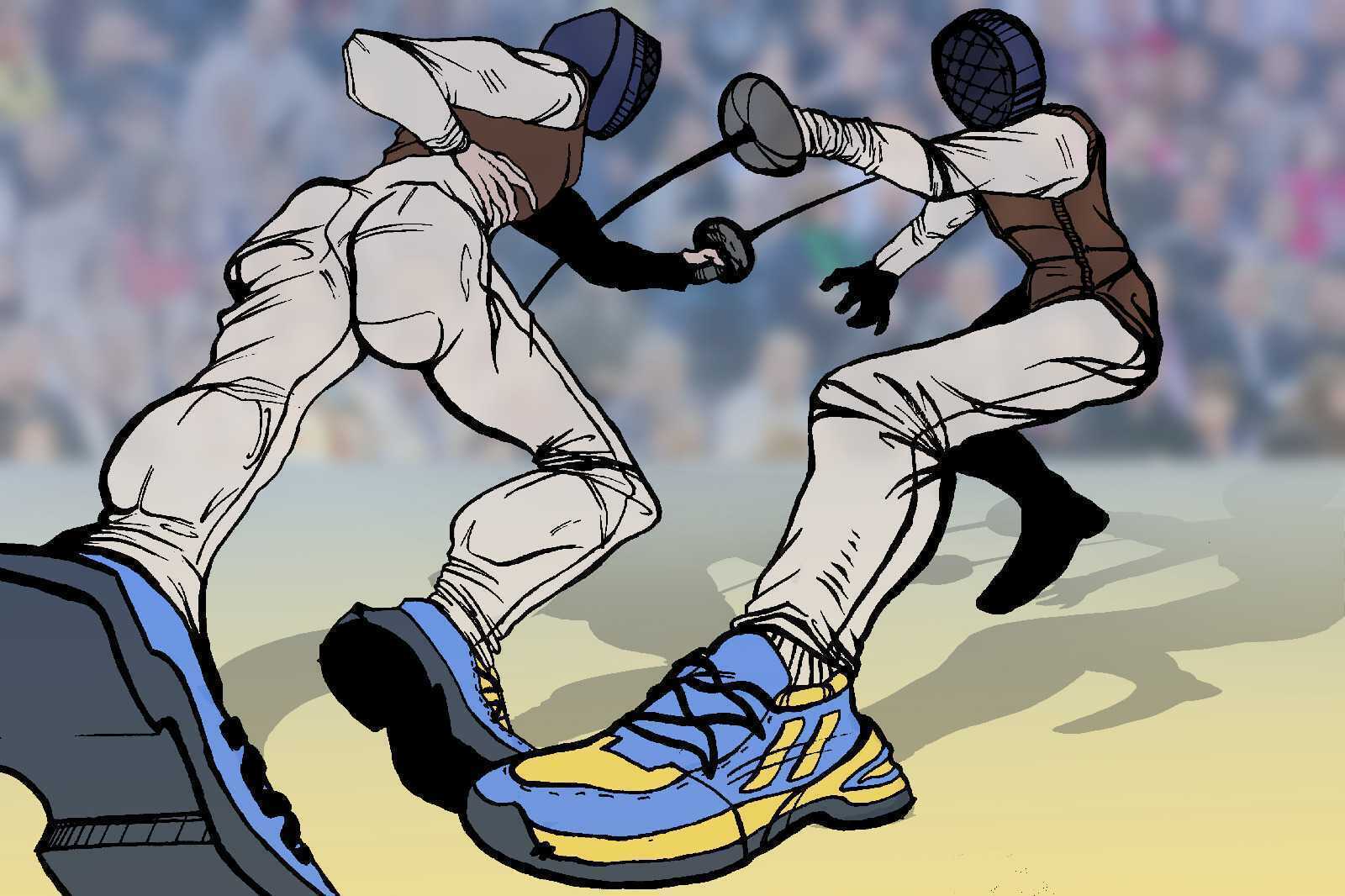

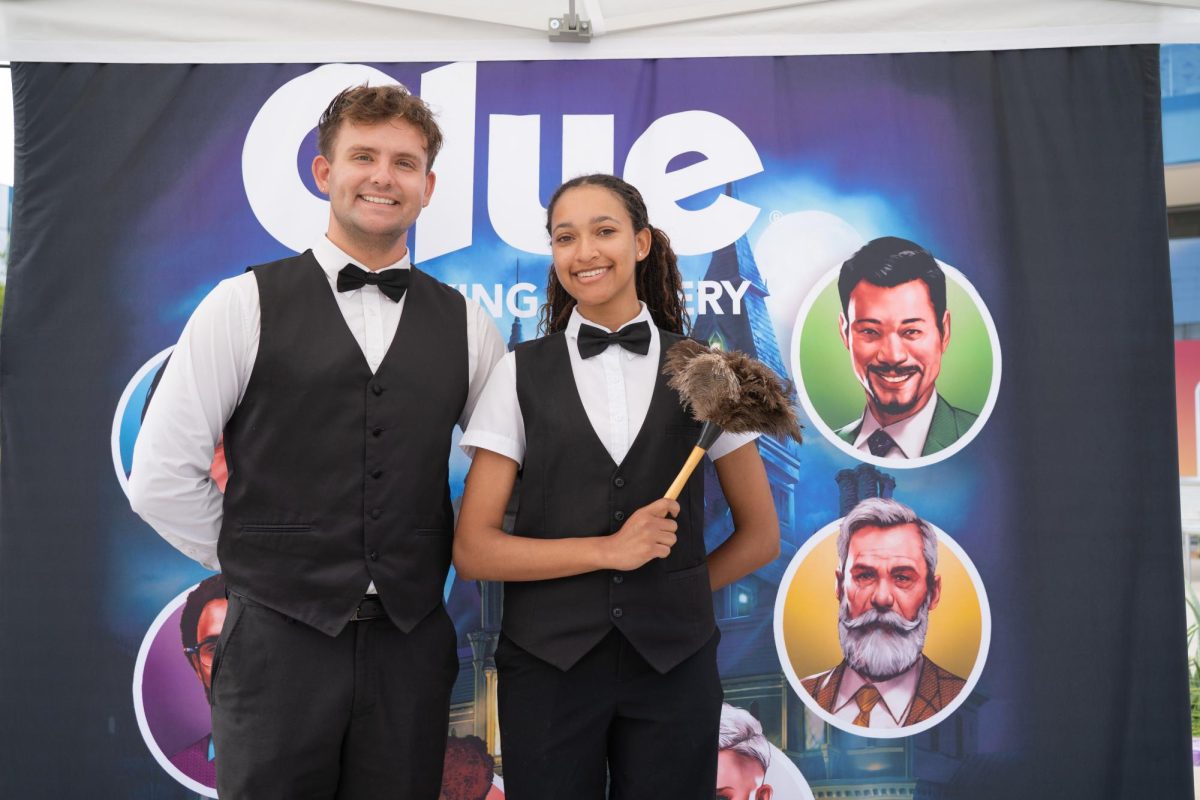
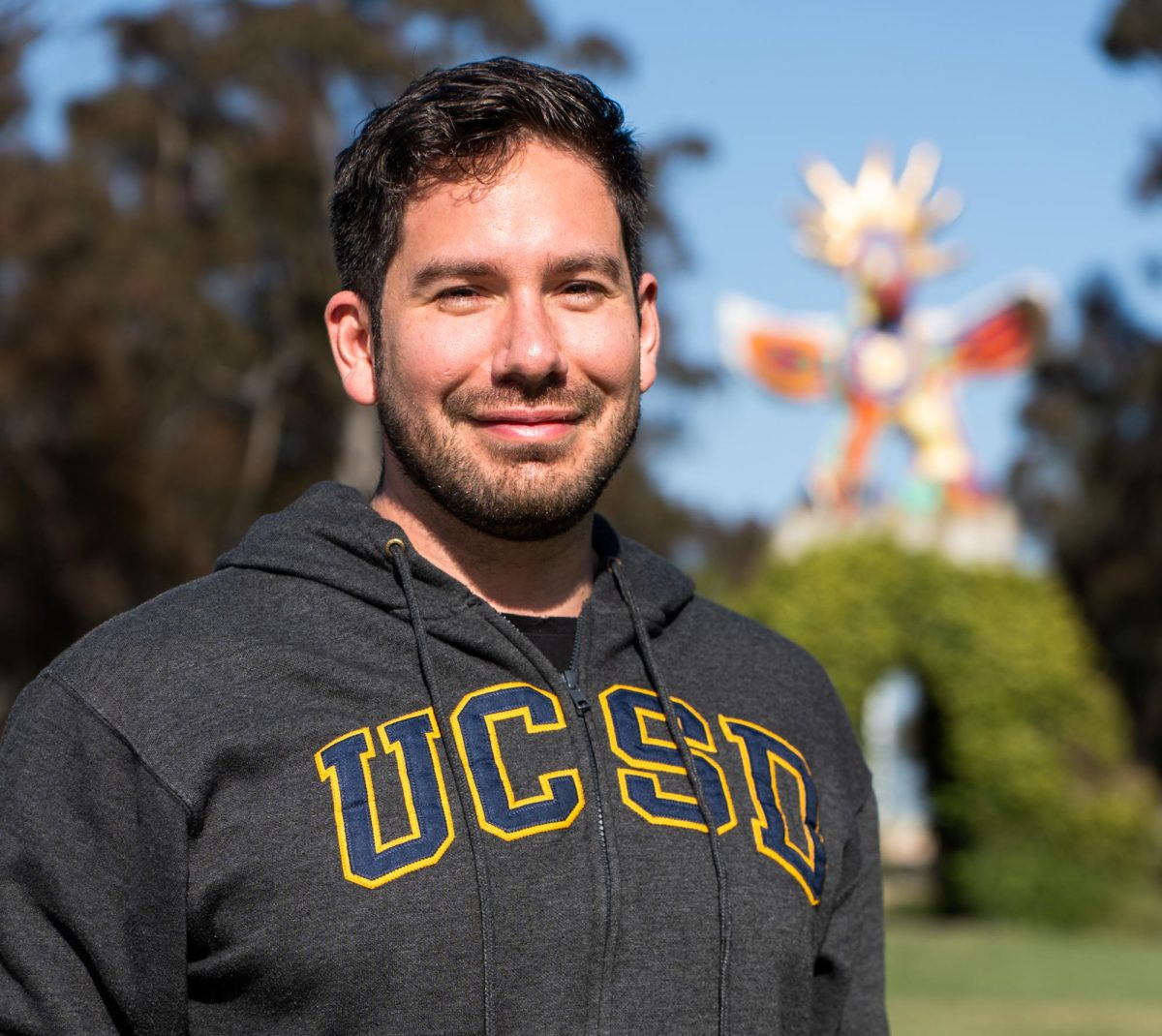
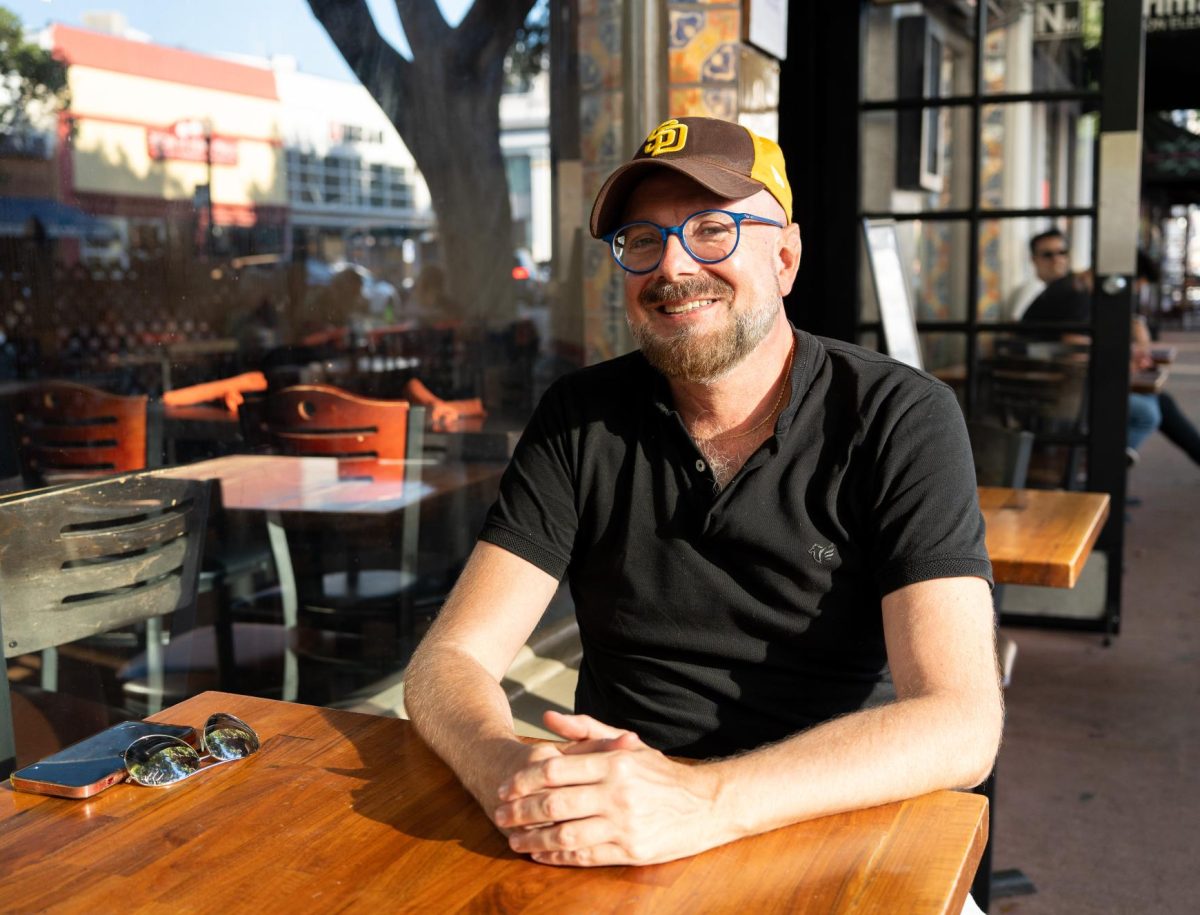

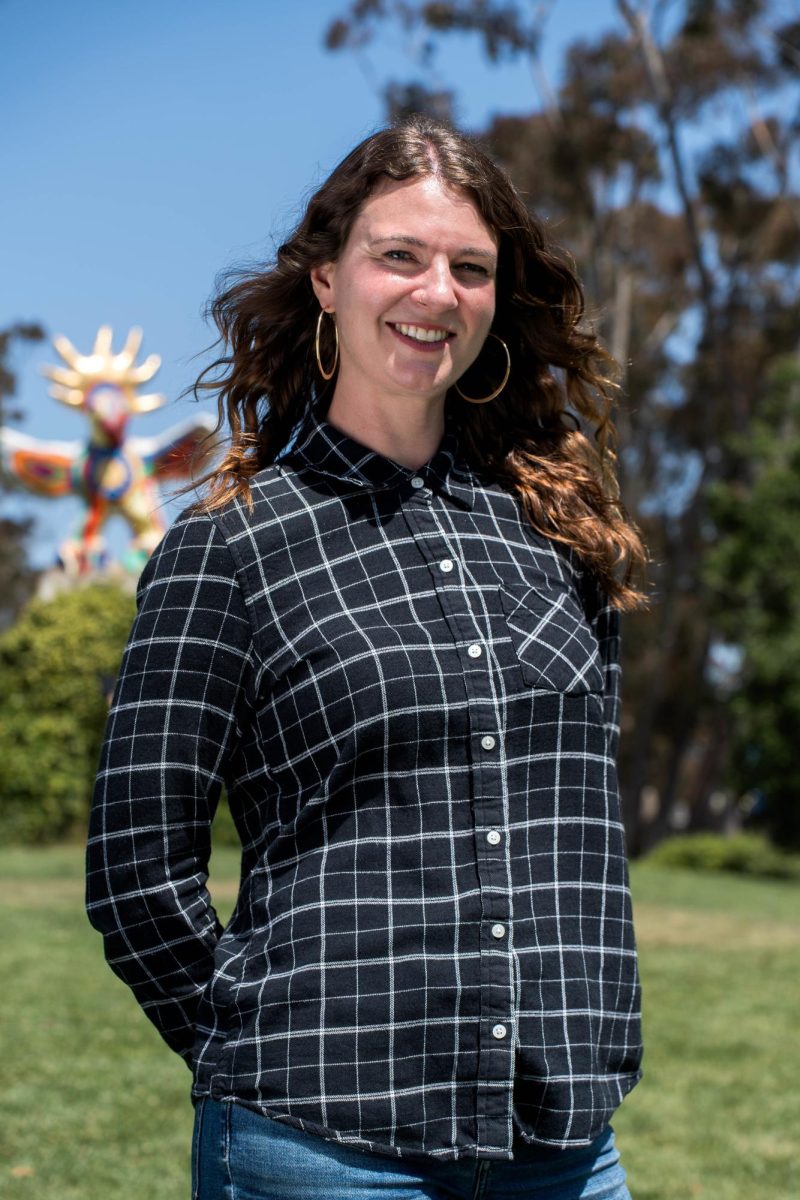
Daniel • Feb 11, 2025 at 3:51 pm
Great article! Go Tritons!